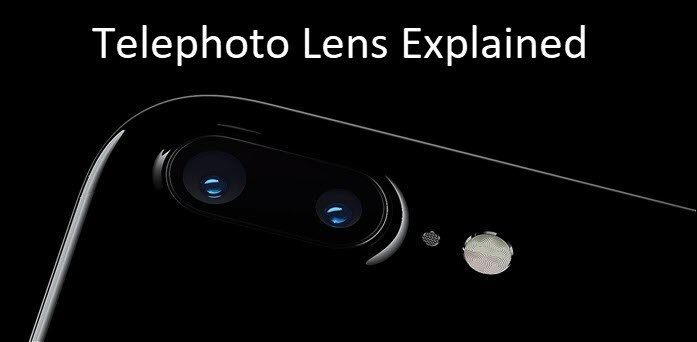With that said, there is a procedure that has been proposed relatively recently that is quite intriguing even when considering the many other amazing proposals out there. This procedure could be a possible solution to spinal paralysis among other debilitating diseases/disorders. An Italian neuroscientist by the name of Sergio Canavero reckons that a human head transplant should be possible by 2017. The prospect of such a procedure is simply amazing. As you can imagine however, there are some question marks as it relates to this procedure for various reasons.
Project Gemini
Project Gemini is a project started by Italian neuroscientist Sergio Canavero in order to develop a viable procedure for completing a human head transplant. In case you weren’t sure, yes you read that right! So far he has managed to gain the support of Chinese surgeon Ren Xiaoping from the Harbin Medical University in China. Mr. Xiaoping will team up with Mr. Canavero in order to perform the surgery. Mr. Canavero has also managed to gain the support of a volunteer who has agreed to undergo the procedure. The volunteer is Valery Spiridonov, a 30 year old Russian man suffering from muscular atrophy.
How the Transplant is Proposed to be Done
Both the recipient’s head and the donor body are cooled before the proposed GEMINI surgery. This is done to keep both in as pristine condition as possible during the procedure. The donor body’s spinal cord is then severed from its corresponding head and the recipient’s head is also severed from its body. The recipient’s head is subsequently transferred onto the donor body. A chemical known as Polyethylene Glycol (PEG) is used to glue the head to the body. The donor body is injected with PEG as well while the joining is being carried out. After the head and the body are linked, all muscles, veins, arteries and nerves are then joined up between them. Finally, plastic surgeons stitch the head to the body as seamlessly as possible.
Progress Made
There have already been papers published which have been co-edited by Canavero which outline spinal re-attachments carried out on mice, rats and a dog. In these experiments, the spinal cord of the animals were severed and subsequently reattached with the assistance of PEG. You may also be interested to know that this is not the first time that this type of surgery has been proposed. In fact, in the 1970s Dr. Robert White successfully transplanted the head of a monkey onto the body of another. This procedure was carried out at the Case Western Reserve University School of Medicine in the US. The monkey from Dr. White’s experiment was able to see, hear and taste. It passed away after about 9 days, however.
Possible Benefits
Completing this type of procedure could potentially be a cure for persons suffering from varying forms of paralysis as well as muscle atrophy. Moreover, persons suffering from multiple organ failure and a variety of debilitating genetic and metabolic disorders could also stand to benefit from such a procedure.
Possible Issues
Health Related Issues
By his own admission, Canavero states that there are some issues with carrying out the Gemini procedure. Persons may experience body image issues among other mental health concerns and will need to undergo psychiatric assessments in order to evaluate and treat these issues if they occur. There is also the issue of the donor’s body rejecting the recipient’s head. The patient will need to be screened and treated regularly in order to prevent rejection.
Ethical/Moral Issues
This type of procedure has never been carried out on a human being before. The effects on the person undergoing such a procedure could therefore be catastrophic. In fact, Christopher Hooton from The Independent highlights the possibility of persons suffering from an unprecedented level of insanity due to the differences between body and head. There is also the ethical issue which pops up due to the experiments being carried out on animals in order to push this project forward. Identity issues are also brought to light. Who will the recipient really be after the procedure as they will have a new body? Kerry Bowman from the University of Toronto’s Joint Centre For Bioethics points out that such a procedure “raises very deep questions about human identity and the sense of self”. In addition, any offspring produced by a person who underwent this procedure would technically be the offspring of the donor body since this person will have DNA from the donor’s body as well as the recipient’s head. This could be quite confusing for people undergoing this procedure.
Final Thoughts
This is a story that raises many questions. The most important being whether Canavero will actually succeed in carrying out this procedure. Although somewhat disturbing, GEMINI could possibly provide persons suffering from various diseases and disorders relief. I guess all we can do now is wait to see if Canavero can pull this off. Video footage of the mice which were experimented on can be viewed here, footage of the rats can be viewed here and footage of the video here. Finally for a great explanation of the procedure from the man himself, Sergio Canavero, please see the video below.
ALSO READ: Top 3 Websites to Discuss Health Concerns and Get Reliable Answers The above article may contain affiliate links which help support Guiding Tech. However, it does not affect our editorial integrity. The content remains unbiased and authentic.












